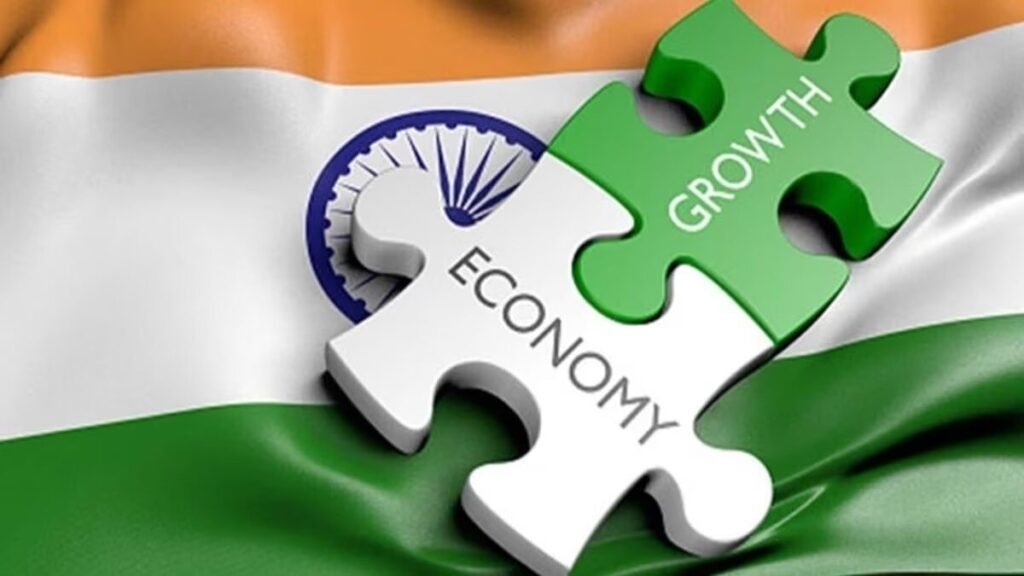India’s Ambitious Journey Towards Superpower Status by 2047: Opportunities and Challenges
As the world’s most populous democracy continues to evolve, India is positioning itself to become a superpower by 2047, marking 100 years since its independence. Martin Wolf, the chief economics commentator at the Financial Times, recently shared his optimistic yet cautious outlook on India’s future, emphasizing that the nation is on a promising path despite potential obstacles.
Economic Growth and Challenges
For India to achieve this transformation, it needs to replicate the rapid economic growth that China experienced in the two decades leading up to 2012. This requires boosting its GDP growth per capita from the current 4.8% to an ambitious 7.5% annually. While this is a formidable challenge, the driving forces behind India’s advancement include its strategic political alliances, significant diaspora, and strong relations with Western countries.
Government Vision and Strategic Planning
In anticipation of this monumental shift, the Indian government has already outlined its vision of developing an advanced economy by 2047. Central to this plan is NITI Aayog, India’s premier think-tank, which is crafting a comprehensive vision document. This strategic roadmap aims to identify key sectoral gaps and areas for improvement over the next two decades, ensuring that India’s growth is structured and sustainable.
Demographic Advantage
By 2050, UN forecasts project that India’s population will reach 1.67 billion, surpassing China’s 1.32 billion. This demographic advantage could enable India to match the total economic output of the US, especially if its GDP grows at a steady rate of 5% annually until 2047. While India is unlikely to rival China’s dominance in manufacturing, its vast population and economic scale position it as a formidable global power.
Global Economic and Geopolitical Challenges
India’s path is not without challenges. A slowing global economy, rising protectionism, and potential geopolitical conflicts could threaten its growth trajectory. Additionally, the looming climate crisis and uncertainties surrounding the impact of artificial intelligence on productivity add layers of complexity to India’s development plans.
Despite these headwinds, India’s vast resources and strategic geopolitical position make it a key player in the global "China plus one" strategy. This approach has been pivotal in attracting substantial Foreign Direct Investment (FDI), as companies seek alternatives to China for their manufacturing needs.
Importance of Exports
Contrary to the belief that India’s large domestic market reduces the need for exports, international trade remains crucial for its growth. Exports have been essential for financing imports, fostering competition, and gaining access to global knowledge. Currently, India’s share in world merchandise exports is a mere 2.2%, compared to China’s dominant 17.6%. This gap highlights significant opportunities for India to expand its presence in global markets.
Conclusion
While the road to becoming a superpower by 2047 is fraught with challenges, India’s demographic advantage, strategic alliances, and robust planning provide a solid foundation for success. The Indian government’s proactive initiatives, coupled with its vibrant private sector and thriving diaspora, lend credibility to the vision of a future where India stands as a major global power.
As the world grapples with economic and geopolitical uncertainties, India’s trajectory towards superpower status will be closely watched, offering lessons and insights for other emerging economies. The journey ahead is long, but with determination and strategic planning, India has the potential to reshape the global economic landscape by mid-century.
For more information, visit the official website of NITI Aayog.
